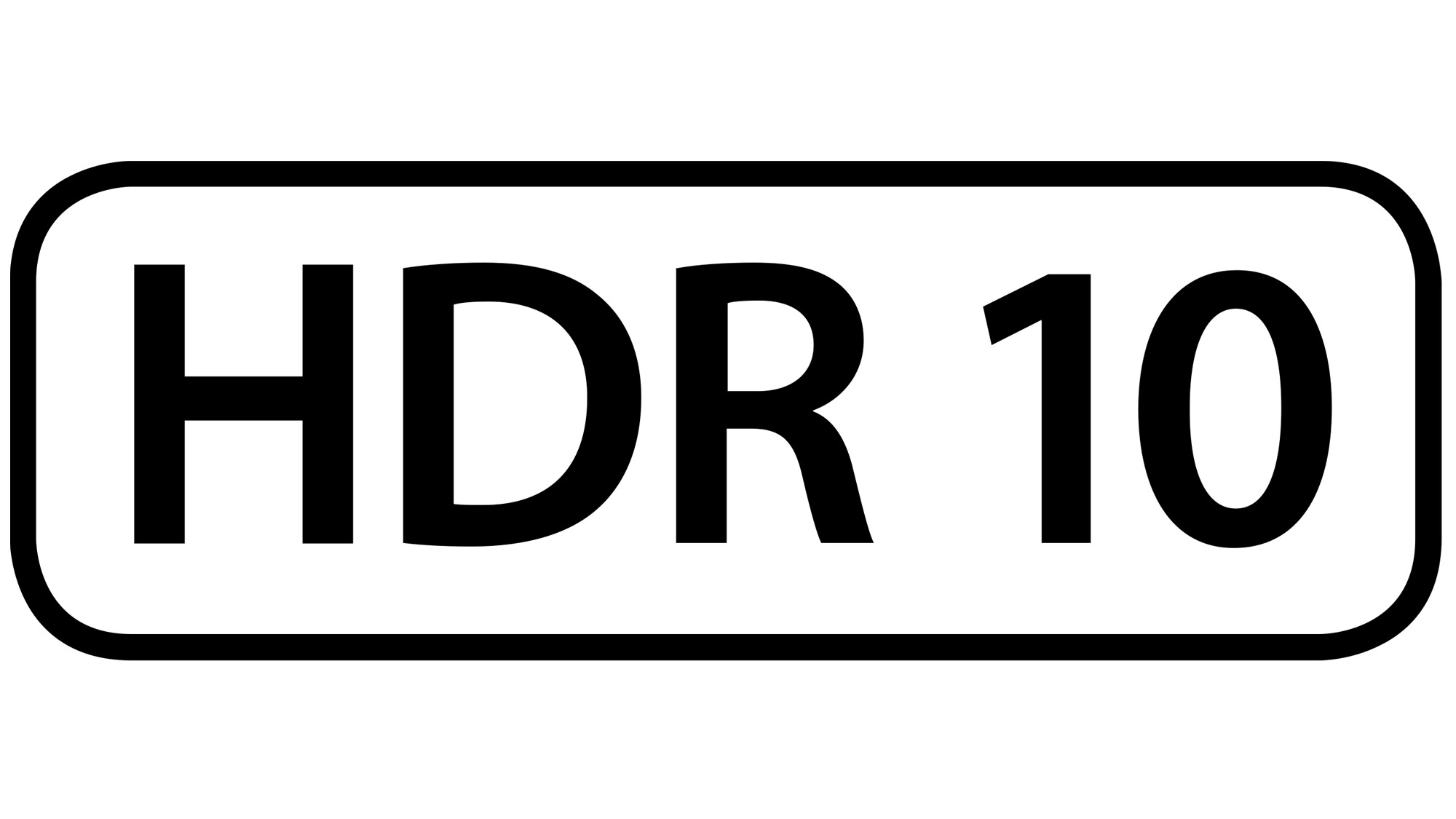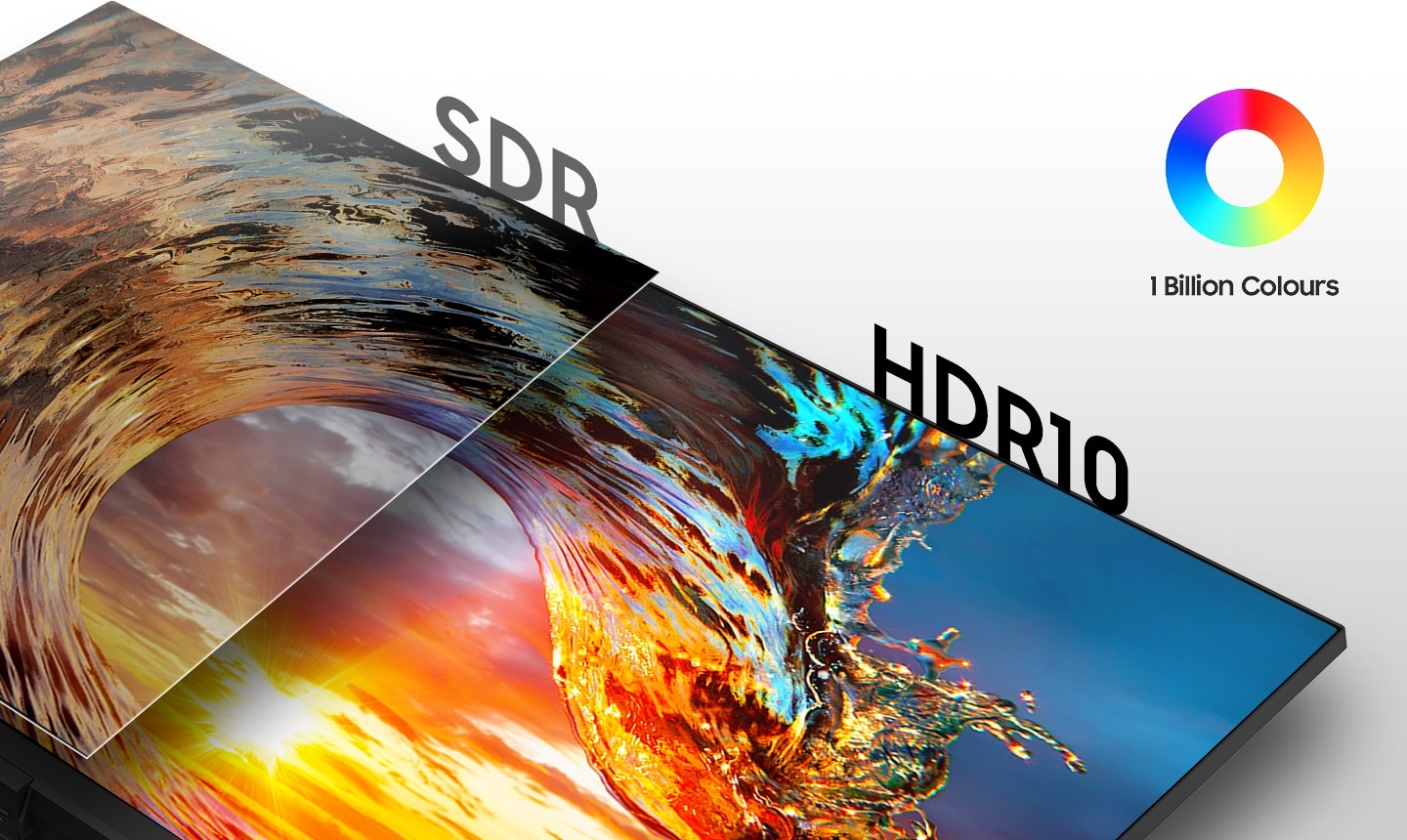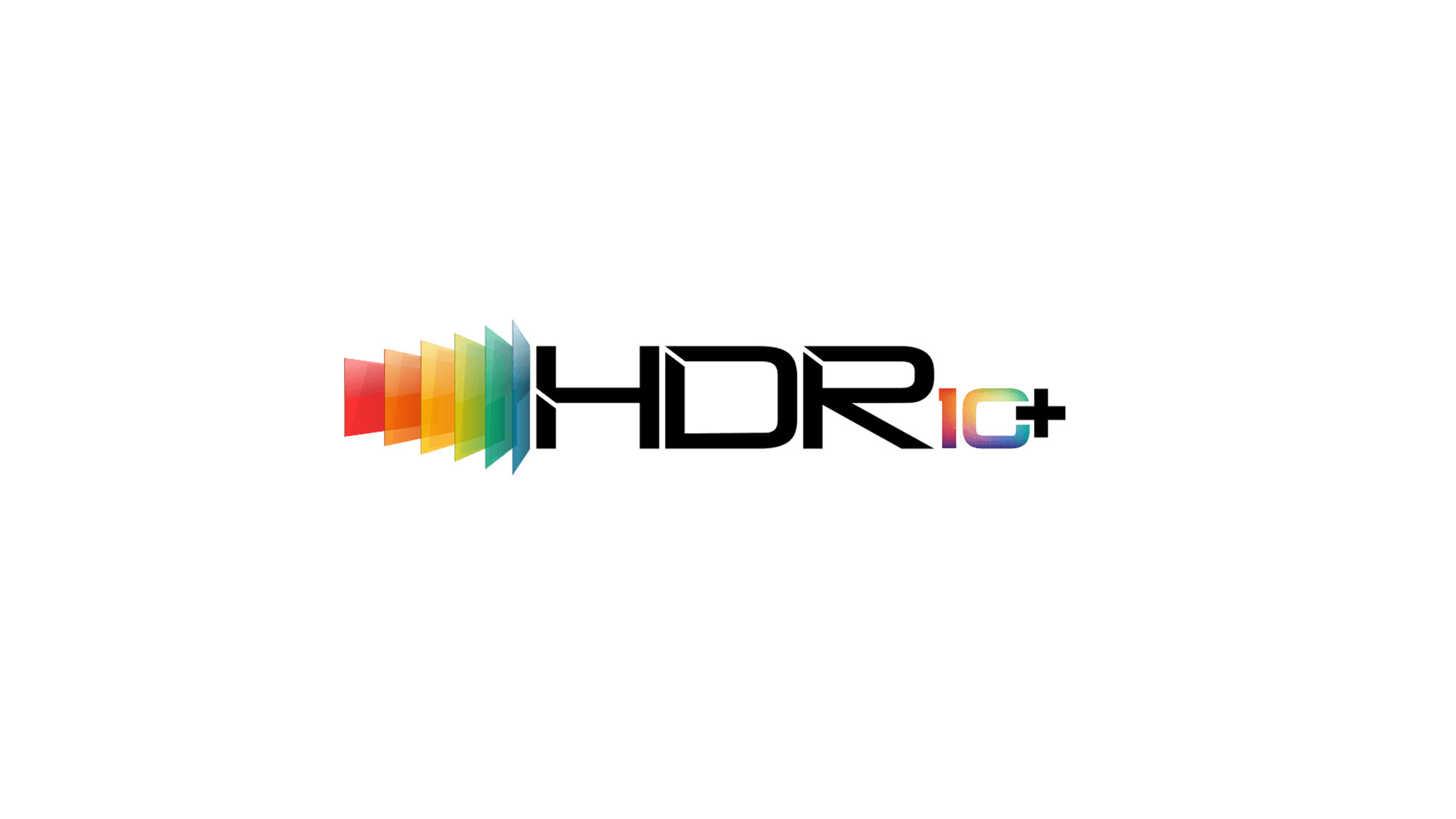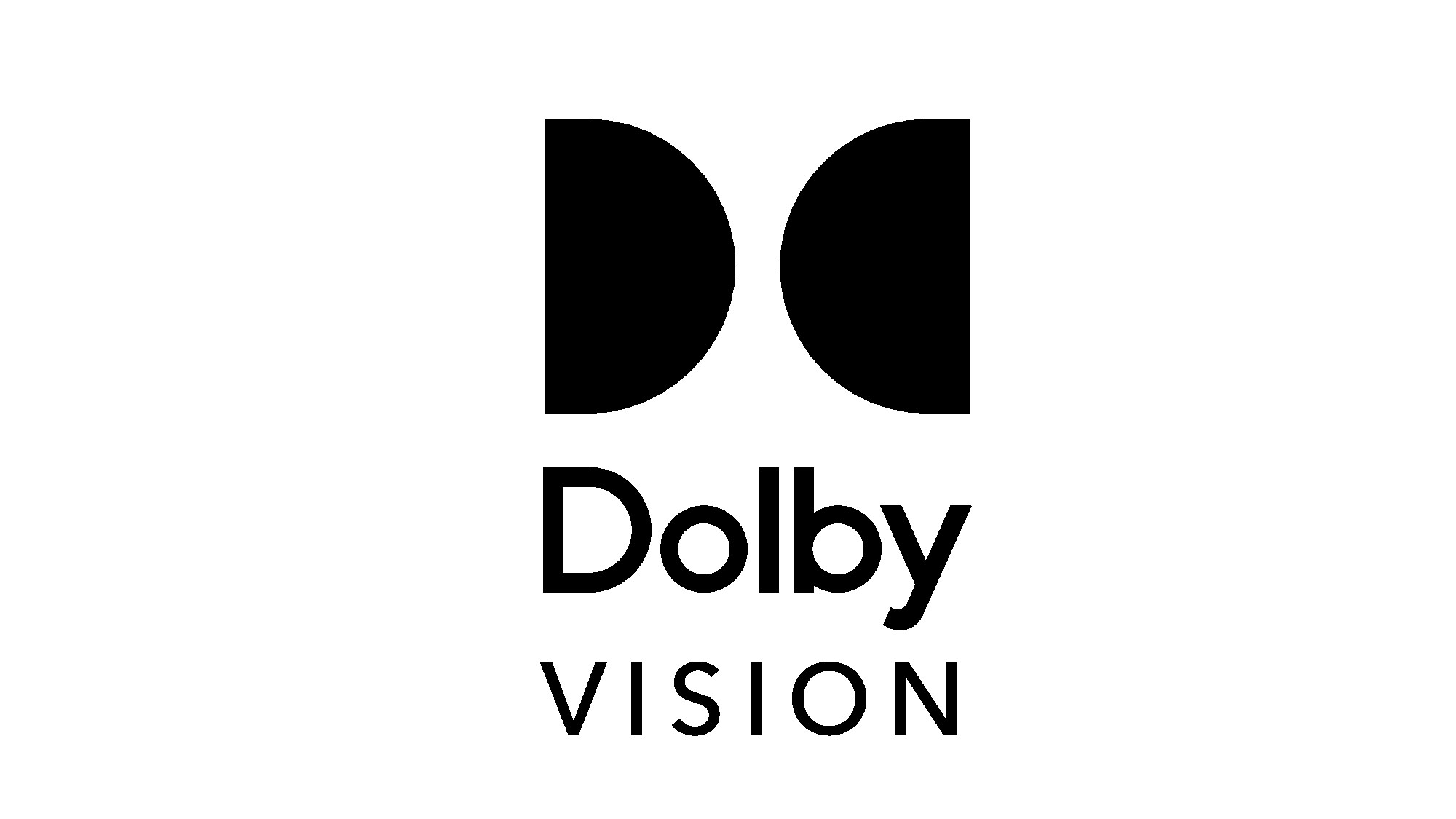Don't buy a TV until you read this guide to all those HDR standards

High Dynamic Range (HDR) is one of the best features to come to TVs in the last few years, and it's become a key feature to watch for when shopping for a new set. But there sure is a lot of new jargon to go with the feature.
There are several competing formats, like Dolby Vision, HDR10 and HDR10 Plus. So what's the difference between them, and which should you be looking for when you're shopping for a new TV?
What is HDR?
High dynamic range content — often referred to simply as HDR — is a term that started in the world of digital photography, and refers to adjusting the contrast and brightness levels in different sections of an image. Along with modern TVs' ability to provide higher luminance and more targeted backlight control, the addition of HDR is a new level of picture quality.

Compared to older standard dynamic range (SDR) content, HDR provides a more nuanced, life-like image. Details are easier to see, colors are richer, and subtle gradations of color and lighting can be more accurately reproduced for the viewer. It's a small but significant change that can dramatically improve picture quality.
And with today's TVs, which feature more powerful video processors and often displays that can dim one portion of the display while brightening another, it's the best way to take advantage of a TV's full capabilities. It's even more pronounced on premium TVs, which feature discrete dimmable zones or even (in the case of OLED TVs) the ability to brighten or darken individual pixels.

But enjoying that HDR goodness requires both an HDR-capable TV and content that has the additional brightness information that makes HDR work. This extra information, called metadata, provides information for a movie (or even individual movie scenes) that tailors the brightness changes to the content. When it's done right, the difference is stark.
The problem is that there are actually several different versions of HDR, each with different hardware requirements and data types, as well as technical strengths and weaknesses. Let's dive into the versions of HDR you need to know.
Get instant access to breaking news, the hottest reviews, great deals and helpful tips.
The basics: HDR10 and HLG
At the most basic level, there are two forms of HDR that are freely available, open standards that will work with any HDR-capable TV or device.

HDR10
The closest thing there is to an official HDR standard is called HDR10. Developed by the UHD Alliance and the Consumer Electronics Association (CEA), there's no licensing fee for manufacturers to pay, so it's included on every TV that meets the minimum specs for basic HDR support.
HDR10 is probably the simplest format, as well. It uses what is called "fixed" metadata, meaning that it sets the HDR optimization once for an entire show or movie. That's great for the most part, since it offers a big improvement over SDR content, but it's a little limited by being static, especially if a movie has one or two scenes that are especially dark or bright. The fixed metadata can't adjust to accommodate those individual scenes.

Every TV with HDR capability will support HDR10, and the same is true of HDR content — to a degree. Content that uses another format, like Dolby Vision or HDR10+ also have that basic HDR10 metadata, but you won't necessarily get the full experience without a TV that supports those additional formats.
This standard is used by all major streaming services, including Netflix, Disney+ and Apple TV. If a streaming service has HDR content, it will work with any TV that has HDR10.
HLG
The other broadly supported format is called Hybrid Log Gamma (HLG). Developed by a partnership of Japan's NHK and the U.K.'s BBC, the standard is made specifically for over-the-air broadcasts, and cable and satellite transmissions.
While you won't find it on Blu-ray discs or offered by streaming services, HLG is an important format for adding HDR to broadcast content, and is part of the ATSC 3.0 NextGenTV standard that broadcasters are rolling out across the country. And, like HDR10, it's a free standard that costs TV makers nothing to add, so it's widely offered on pretty much every HDR TV you can buy.
In practice, HLG doesn't create the same vividness and quality of HDR10 or Dolby Vision, but it's a step up from SDR content, and will be a notable improvement when seen in live broadcasts.
The rivals: HDR10+ vs. Dolby Vision
Stepping up from the baseline standards, there are two prominent (and notably proprietary) HDR formats that offer better performance and a richer viewing experience. Championed by Samsung and Dolby, respectively, they are rarely found together. Some streaming services may offer both, and a handful of TVs may support the two standards, but the majority of HDR media will use one or the other, and most TVs will support one of these formats, but not both.

HDR10+
One of the two biggest proprietary HDR formats is HDR10+, developed by Samsung. Despite the obvious similarity in name to the free-to-use HDR10, Samsung's HDR10+ is a licensed format, and it differs slightly from that basic standard.
HDR10+ builds on top of HDR10, supporting higher brightness (up to 4,000 nits) and offering dynamic metadata that offers color and brightness adjustment information scene-by-scene or frame-by-frame.
With HDR10+ content supported on TVs from Samsung, Hisense, Vizio and Panasonic, it's easier than ever to enjoy content that uses the proprietary standard. (Streaming devices from Roku and Google also support HDR10+ content.) Streaming services that offer HDR10+ include Amazon Prime Video, Google Play Movies, Hulu, Paramount+, Rakuten. It can also be found on some 4K Blu-ray discs (view a full list at Blu-ray.com), but the format isn't consistently offered on all 4K discs.
HDR10+ Adaptive
An additional version of HDR10+ is available on select TVs, which adjusts the HDR effect to look better in different lighting conditions. For TVs that have an ambient light sensor, HDR10+ Adaptive will automatically optimize the brightness and contrast of HDR10+ to look good in any circumstances, whether it's a darkened home theater or a living room with sunlight streaming through the windows.

Dolby Vision
The second major proprietary format is Dolby Vision. Developed by the same company that brought you Dolby Surround Sound and Dolby Atmos, this technical standard has become the leading licensed HDR format. The biggest draw for Dolby Vision is that it offers an end-to-end solution for film production, letting directors and video editors set the HDR conditions that match their intent, instead of adding metadata on top of existing material.
Unlike HDR10, Dolby Vision uses dynamic metadata, offering scene-by-scene and frame-by-frame adjustment to bring out the best visuals in every shot. It also boasts the most expansive standards, allowing for higher resolutions, higher peak brightness, deeper black levels and color gamut with 12-bit color that exceeds the commonly used Rec. 2020 color space.

Dolby Vision IQ
Dolby Vision IQ is offered on some of the most premium TVs, and offers an updated version of Dolby Vision's HDR format. It offers automatic adjustment that tweaks the brightness and contrast of the TV to best produce the same HDR effect in varied lighting conditions, whether it's a dark room, or a brightly lit one. However, this capability is limited to TVs that have a built-in ambient light sensor, so it's still unfamiliar to many TV shoppers.
Other HDR formats
If you thought that those were the only HDR formats available, well, they're not. With the combined draw of licensing fees from TV makers and the opportunity to stamp their brand on a new standard for picture quality, other big names have tried to get in on the HDR boom. The two biggest are from Technicolor and IMAX.
Advanced HDR by Technicolor is actually a package of different formats, all tailored to different use cases, such as streaming, live broadcast and a dynamic metadata format similar to HDR10+ and Dolby Vision. Technicolor's HDR format saw brief support on LG TVs, but it's not gone yet, and the broadcast aspects of Technicolor's HDR are formidable. It's included in the ATSC 3.0 spec that broadcasters are starting to implement, and Technicolor is equally invested in their own HDR-enabled broadcast production process, which could see large-scale adoption as these standards come into use.
IMAX Enhanced is more than just a color and brightness standard like most HDR formats. Instead it also encompasses a larger set of video and audio mastering standards, like a taller aspect ratio, and immersive DTS audio (similar in some respects to Dolby Atmos). So far, this standard has only been adopted by Sony on its premium TVs, but Disney Plus has recently added IMAX Enhanced content for several of its Marvel films, so there's no reason to write off this format yet.
What does this mean for TV shoppers?
With all of these different standards for HDR, which are the best to choose when shopping for a new set?
HDR10/HLG: These basic standards are a no-brainer. Every HDR-enabled TV will support them, so you'll have these standards covered with any TV sold in the last three years.
Dolby Vision or HDR10+? We generally prefer Dolby Vision over HDR10+, since the standard is more widely supported. But if you're buying a Samsung TV (like the one that tops our best TVs page right now), there's no Dolby Vision support available, and that's okay, too. Either option will deliver a richer, more immersive movie watching experience. (And a few TVs even support both, like the Vizio M-Series Quantum MQ6.)
Skip the extras: HDR10+ Adaptive and Dolby Vision IQ are neat additions to their respective formats, but adaptive brightness isn't a must-have. If the TV you're interested in offers one or the other, great, but I don't think it's a feature worth paying extra for.
Don't forget the rest of your setup: If you want to enjoy Dolby Vision or HDR10+ on your TV, you'll also need to find media (and, where necessary, a media player) that supports the same standard.
Regardless of which TV you want to buy, or which media source you turn to for movies and shows, there's a huge array of HDR content out there, and more TVs than ever before support some form of these visual-boosting formats. Knowing what you want and what you have are the first step to getting a better experience out of your TV.
Brian Westover is currently Lead Analyst, PCs and Hardware at PCMag. Until recently, however, he was Senior Editor at Tom's Guide, where he led the site's TV coverage for several years, reviewing scores of sets and writing about everything from 8K to HDR to HDMI 2.1. He also put his computing knowledge to good use by reviewing many PCs and Mac devices, and also led our router and home networking coverage. Prior to joining Tom's Guide, he wrote for TopTenReviews and PCMag.

